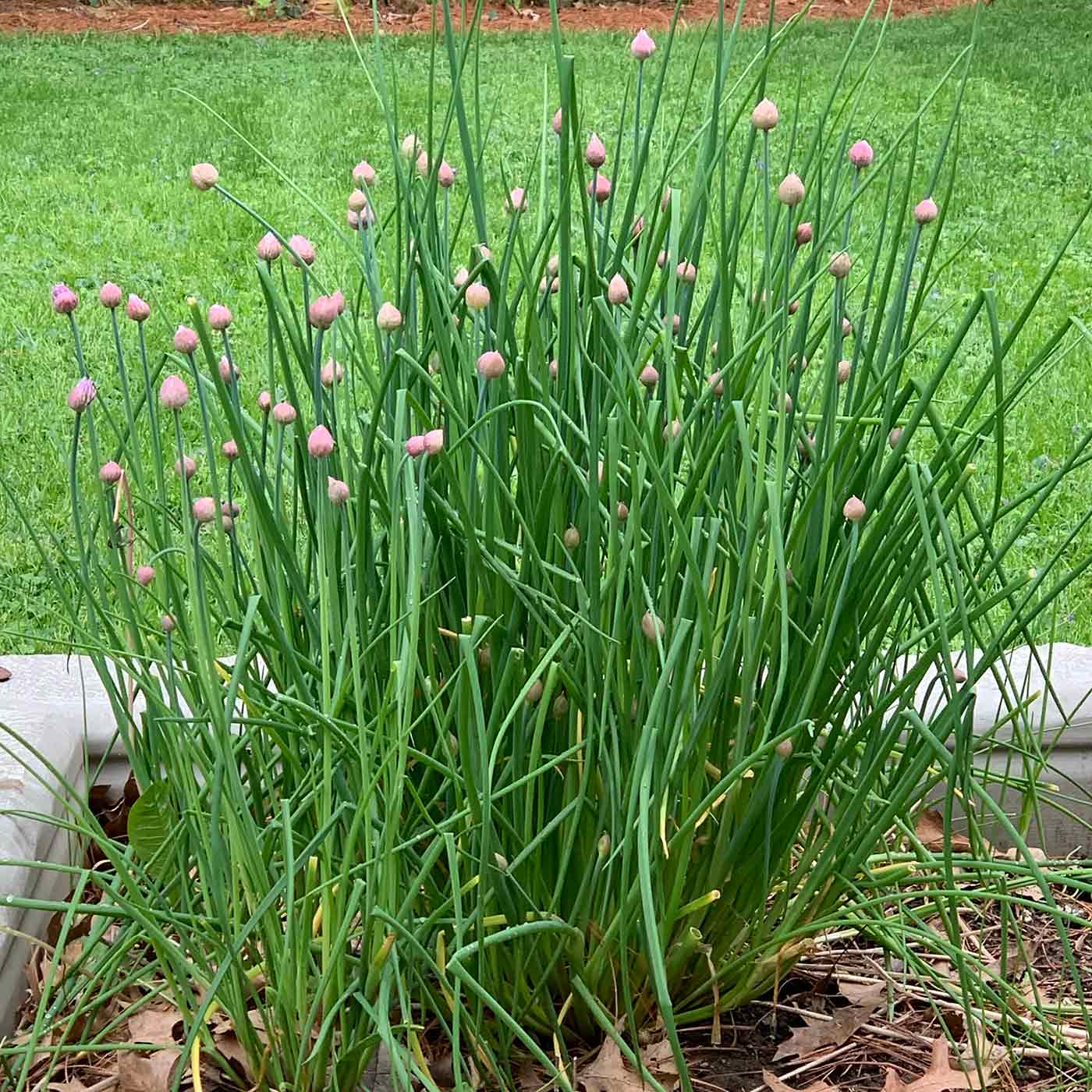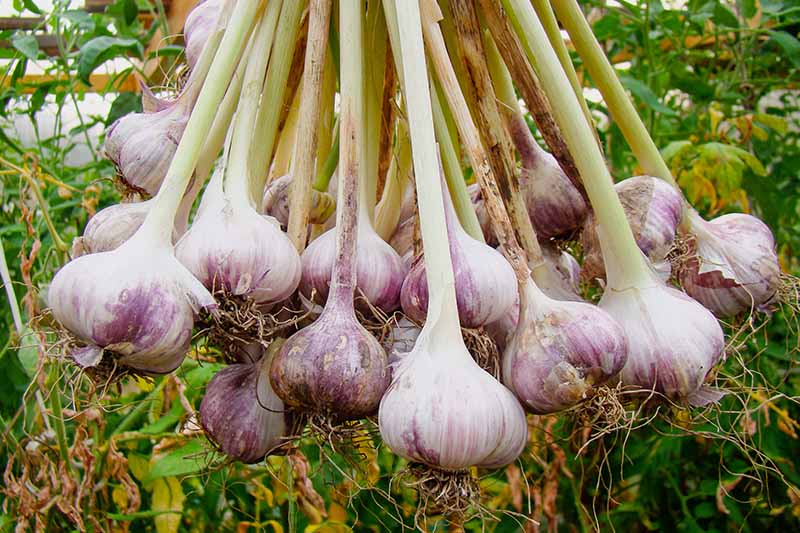The Ultimate Tomato Companion Planting Chart
The Ultimate Tomato Companion Planting Chart
Tomatoes are one of the most popular vegetables to grow in the garden. They are relatively easy to care for and can produce a bountiful harvest. But did you know that companion planting can help improve your tomato plants' health and productivity?
Companion planting is the practice of planting certain types of plants together in order to benefit each other. Some plants attract beneficial insects, while others deter pests. Some plants improve the soil quality, while others provide shade or support.
When choosing companion plants for tomatoes, there are a few things to keep in mind. First, you want to plant plants that have similar growing requirements. Tomatoes need full sun and well-drained soil. They also need to be watered regularly, especially during the summer months.
Second, you want to plant plants that will help to deter pests and diseases. Some good companion plants for tomatoes include:
- Basil: Basil is a natural insect repellent that can help to keep aphids, whiteflies, and other pests away from tomatoes. It also improves the flavor of tomatoes.
- Marigolds: Marigolds are another great insect repellent. They also help to improve the soil quality by releasing nitrogen.

- Nasturtiums: Nasturtiums attract beneficial insects, such as ladybugs and lacewings, which help to control pests. They also deter aphids and other pests.

- Chives: Chives are a good companion plant for tomatoes because they help to repel nematodes, which are microscopic roundworms that can damage tomato roots.

- Garlic: Garlic is another good companion plant for tomatoes because it helps to repel nematodes and other pests. It also improves the flavor of tomatoes.

In addition to planting companion plants, there are a few other things you can do to help your tomato plants thrive. These include:
- Stake or trellis your tomato plants: This will help to support the plants and prevent them from flopping over.
- Water your tomato plants regularly: Tomatoes need about 1 inch of water per week. Water deeply and less frequently to encourage deep root growth.
- Fertilize your tomato plants: Tomatoes need a balanced fertilizer, such as a 10-10-10 fertilizer. Fertilize your plants every 2-3 weeks during the growing season.
- Prune your tomato plants: Pruning your tomato plants will help to improve air circulation and prevent diseases. Remove any dead, diseased, or damaged leaves.
- Inspect your tomato plants regularly: Inspect your tomato plants regularly for pests and diseases. If you see any problems, take action immediately to prevent the problem from spreading.
By following these tips, you can grow healthy and productive tomato plants. And by planting companion plants, you can help to deter pests and diseases and improve the overall health of your garden.
Tomatoes are a popular garden vegetable, but did you know that there are certain plants that can help them grow better? Companion planting is the practice of planting different types of plants together for mutual benefit. Some of the best companion plants for tomatoes include basil, marigolds, and onions.
Basil helps to repel tomato hornworms, a common pest of tomato plants. Marigolds help to attract beneficial insects, such as ladybugs, which prey on tomato pests. Onions help to improve the flavor of tomatoes and can also help to deter nematodes, a type of soil-dwelling pest.
If you're looking to improve the yield and flavor of your tomato plants, companion planting is a great option. For more information about tomato companion planting, I recommend visiting Gardenia Inspiration. This website has a comprehensive chart of companion plants, as well as tips on how to implement companion planting in your own garden.
FAQ of tomato companion planting chart
Here are the 5 most frequently asked questions about tomato companion planting chart, along with valuable insights and solutions:
- What are companion plants?
Companion plants are plants that are grown together in the same garden because they benefit each other in some way. For example, some companion plants attract beneficial insects that help to control pests, while others deter pests from attacking the plants. Some companion plants also improve the soil quality or help to improve the flavor of the vegetables.
- What are the benefits of companion planting with tomatoes?
There are many benefits to companion planting with tomatoes. Some of the most common benefits include:
- Attracting beneficial insects. Some companion plants, such as marigolds and nasturtiums, attract beneficial insects such as ladybugs and lacewings, which help to control pests such as aphids and tomato hornworms.
- Decreasing the risk of pests and diseases. Other companion plants, such as garlic and chives, have strong scents that can deter pests from attacking tomatoes. Some companion plants, such as nasturtiums and radishes, can also help to suppress soil-borne diseases.
- Improving soil quality. Some companion plants, such as beans and peas, fix nitrogen in the soil, which can help to improve the fertility of the soil and make it easier for tomatoes to absorb nutrients. Other companion plants, such as spinach and lettuce, can help to suppress weeds.
- Improving the flavor of tomatoes. Some companion plants, such as basil and oregano, can help to improve the flavor of tomatoes.
- What are some good companion plants for tomatoes?
Some of the best companion plants for tomatoes include:
- Marigolds. Marigolds attract beneficial insects and deter pests.
- Basil. Basil improves the flavor of tomatoes and can also deter pests.
- Chives. Chives deter pests and can also improve the flavor of tomatoes.
- Garlic. Garlic deters pests and can also improve the flavor of tomatoes.
- Onions. Onions deter pests and can also improve the flavor of tomatoes.
- Nasturtiums. Nasturtiums attract beneficial insects and deter pests.
- Lettuce. Lettuce suppresses weeds and can also provide shade for tomatoes.
- Spinach. Spinach suppresses weeds and can also provide shade for tomatoes.
- Beans. Beans fix nitrogen in the soil, which can help to improve the fertility of the soil and make it easier for tomatoes to absorb nutrients.
- Peas. Peas fix nitrogen in the soil, which can help to improve the fertility of the soil and make it easier for tomatoes to absorb nutrients.
- What are some bad companion plants for tomatoes?
Some plants should not be planted near tomatoes because they can compete for nutrients, water, or sunlight. These plants include:
- Potatoes. Potatoes and tomatoes are both susceptible to the same diseases, so it is best to avoid planting them near each other.
- Cucumbers. Cucumbers and tomatoes are both heavy feeders, so planting them near each other can lead to nutrient competition.
- Melons. Melons and tomatoes are both heavy feeders, so planting them near each other can lead to nutrient competition.
- Squash. Squash and tomatoes are both heavy feeders, so planting them near each other can lead to nutrient competition.
- Eggplant. Eggplant and tomatoes are both susceptible to the same diseases, so it is best to avoid planting them near each other.
- How do I use a tomato companion planting chart?
A tomato companion planting chart can help you to choose the best plants to grow near your tomatoes. The chart will show you which plants are beneficial to tomatoes and which plants should be avoided. When choosing plants to grow near your tomatoes, it is important to consider the size of the plants, their water and nutrient requirements, and their susceptibility to pests and diseases.
Image of tomato companion planting chart
5 different images of "tomato companion planting chart" from pinterest.com:
- Image 1: This chart shows which vegetables are good companions for tomatoes, and which ones should be avoided. Good companions include basil, garlic, chives, and marigolds. Avoid planting tomatoes near potatoes, eggplants, and fennel.

- Image 2: This chart shows the benefits of companion planting with tomatoes. Basil helps to repel pests, chives help to improve the flavor of tomatoes, and marigolds help to deter nematodes.

- Image 3: This chart shows the spacing requirements for tomatoes. Tomatoes need at least 2 feet of space between plants.

- Image 4: This chart shows the ideal pH range for tomatoes. Tomatoes grow best in soil with a pH of 6.0 to 6.8.

- Image 5: This chart shows the water requirements for tomatoes. Tomatoes need about 1 inch of water per week.

Post a Comment for "The Ultimate Tomato Companion Planting Chart"